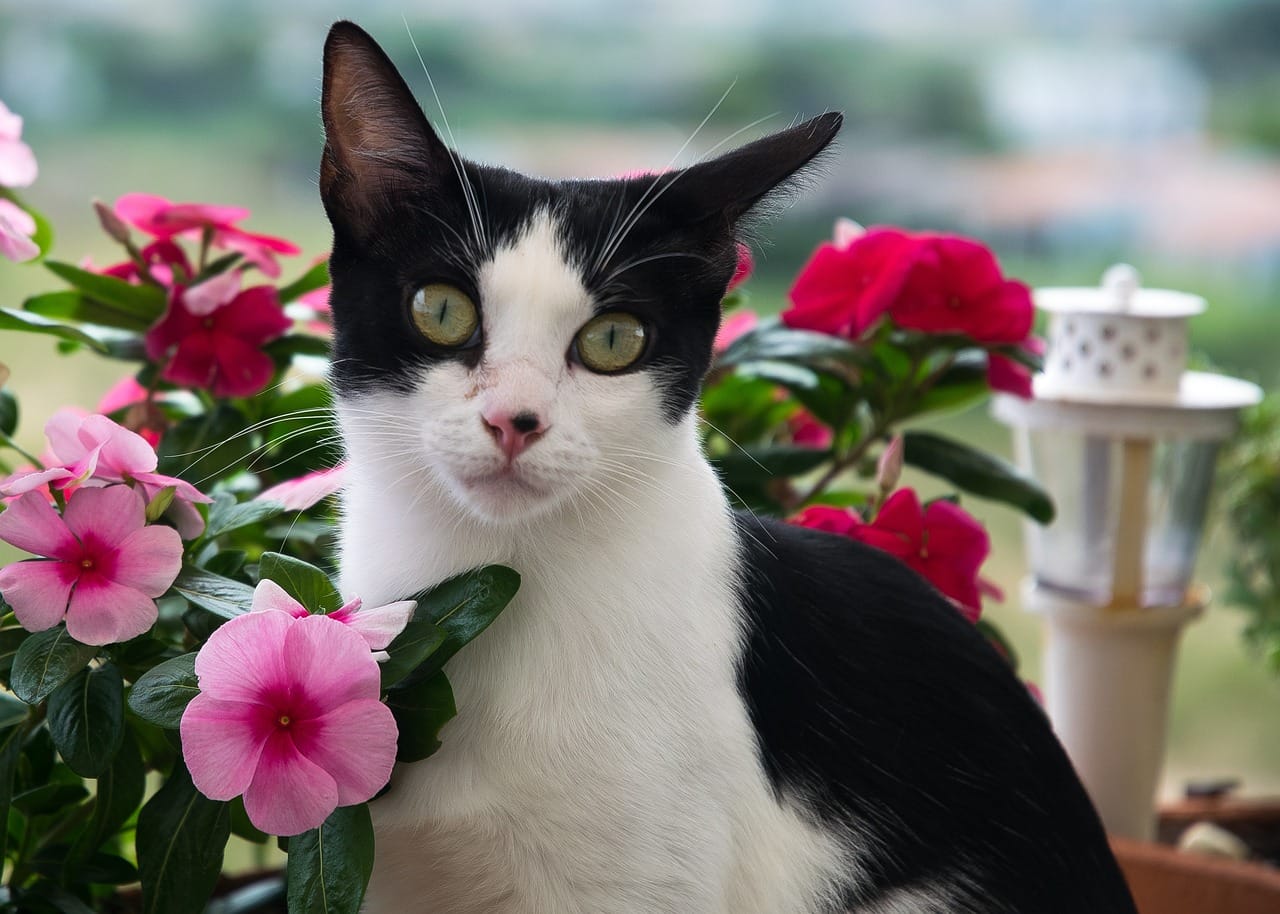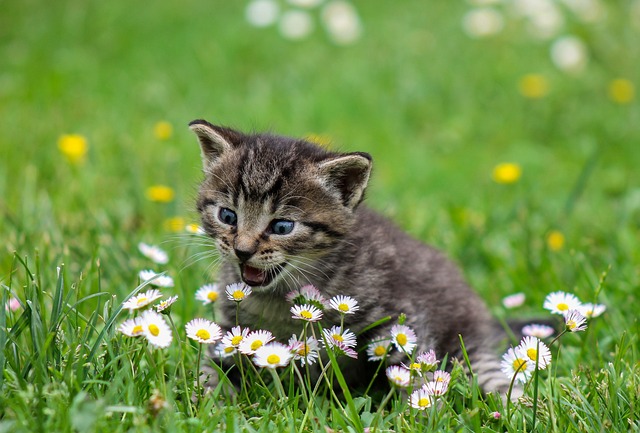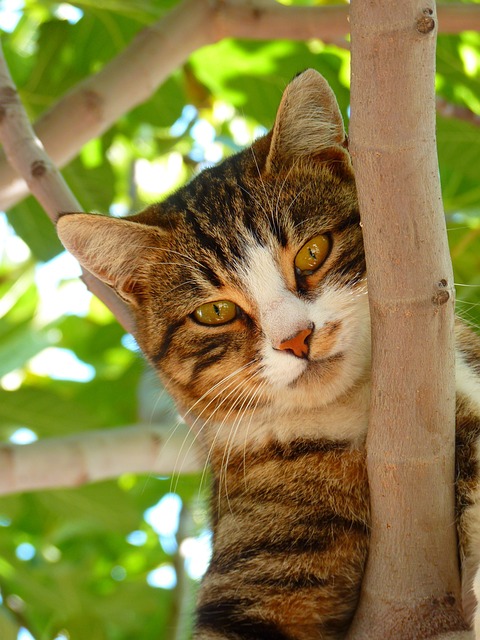As devoted cat owners, ensuring the safety and well-being of our feline companions is paramount. However, amidst the cozy confines of our homes and gardens, lurk various plants that pose a serious threat to our beloved pets. Understanding how to recognize symptoms and administer first aid in the event of accidental ingestion can be lifesaving. Below is an extensive guide on identifying symptoms and providing prompt treatment for cats poisoned by common toxic plants:
1.Lilies (Lilium spp. and Hemerocallis spp.)

Lilies are notorious for their toxicity to cats, especially Easter lilies, tiger lilies, and Asiatic lilies. These plants contain substances that can cause severe kidney damage, leading to renal failure in cats. Even minimal ingestion, such as grooming pollen from their fur, can be fatal. If you suspect your cat has nibbled on any part of a lily plant, immediate action is crucial. Contact your veterinarian without delay, even if your cat isn’t displaying symptoms yet. While en route to the clinic, try to collect a sample of the plant for identification purposes. Treatment may involve inducing vomiting, administering activated charcoal to absorb toxins, and providing supportive care such as intravenous fluids to protect the kidneys.
2.Azaleas and Rhododendrons (Rhododendron spp.)

These ornamental shrubs contain grayanotoxins, which can induce vomiting, diarrhea, weakness, and cardiac abnormalities in cats. If your cat has ingested azaleas or rhododendrons, contact your veterinarian promptly. It’s essential to monitor your cat closely for any signs of distress, even if they initially appear unaffected. Treatment may include inducing vomiting, administering activated charcoal, and providing supportive care to manage symptoms like dehydration and electrolyte imbalances.
3.Sago Palm (Cycas revoluta)
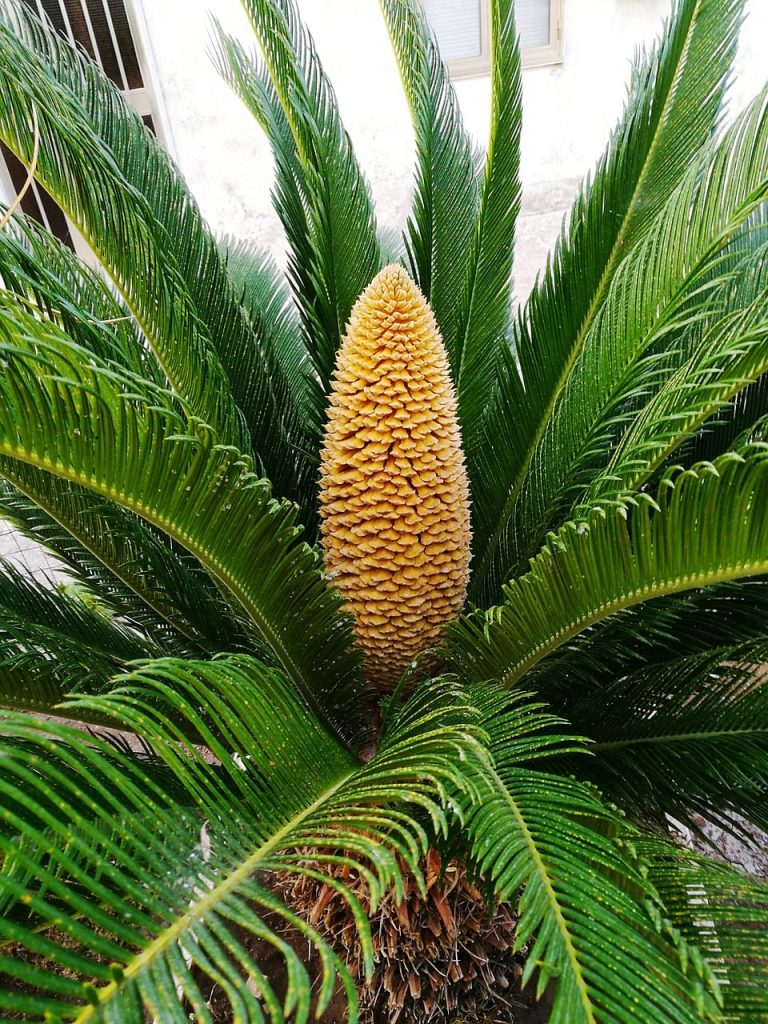
Despite their aesthetic appeal, sago palms harbor cycasin, a potent toxin that can cause severe liver damage and neurological complications in cats. If your cat has come into contact with sago palms, seek veterinary assistance immediately. Time is of the essence in mitigating the effects of poisoning. Treatment typically involves inducing vomiting to remove any remaining plant material from the stomach, administering activated charcoal to absorb toxins, and providing supportive care to address liver failure and neurological symptoms.
4.Dieffenbachia (Dieffenbachia spp.)

Commonly known as dumb cane, Dieffenbachia contains oxalate crystals that can trigger intense oral irritation and difficulty swallowing in cats. If your cat has chewed on Dieffenbachia leaves, rinse their mouth with water and contact your veterinarian for guidance. Refrain from inducing vomiting without professional advice, as it can exacerbate oral irritation. Treatment may include providing supportive care to manage oral irritation and monitoring for any signs of difficulty swallowing.
5.Oleander (Nerium oleander)
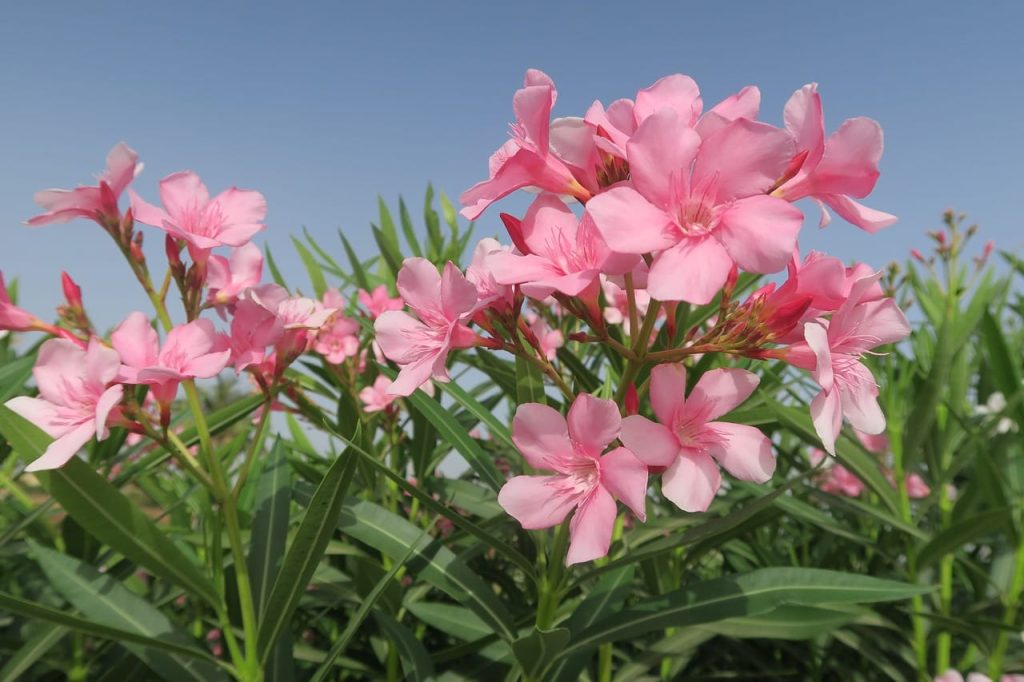
Oleander is highly toxic to cats, affecting the cardiovascular system and gastrointestinal tract. If your cat has ingested oleander, seek immediate veterinary attention. While en route to the clinic, keep your cat calm and monitor their vital signs closely. Treatment may include inducing vomiting, administering activated charcoal, and providing supportive care to manage symptoms like irregular heartbeat and gastrointestinal distress.
6.Tulips and Hyacinths (Tulipa spp. and Hyacinthus spp.)

These popular spring flowers contain lactones, which can cause gastrointestinal upset and drooling in cats. If your cat has consumed tulips or hyacinths, contact your veterinarian for guidance. Monitor your cat for any signs of distress and provide supportive care as directed. Treatment may involve inducing vomiting, administering activated charcoal, and providing supportive care to manage gastrointestinal symptoms.
7.Castor Bean (Ricinus communis)
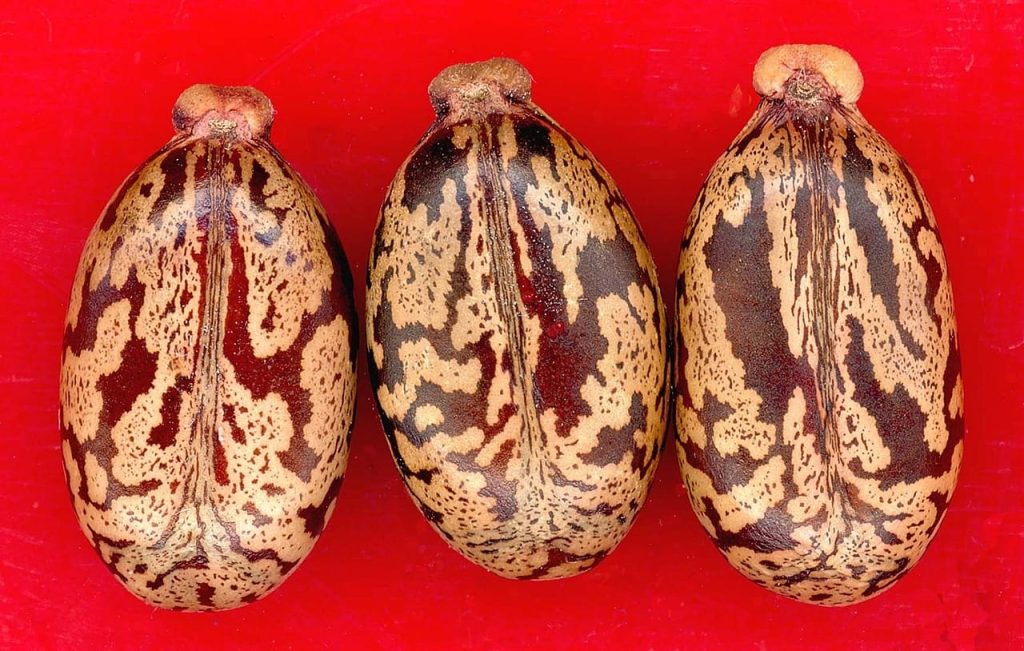
Castor bean plants contain ricin, a potent toxin that can lead to severe poisoning in cats. If your cat has ingested castor beans, seek veterinary assistance immediately. Avoid administering home remedies without professional guidance, as they may exacerbate the situation. Treatment may include inducing vomiting, administering activated charcoal, and providing supportive care to manage symptoms of poisoning.
8.Autumn Crocus (Colchicum autumnale)
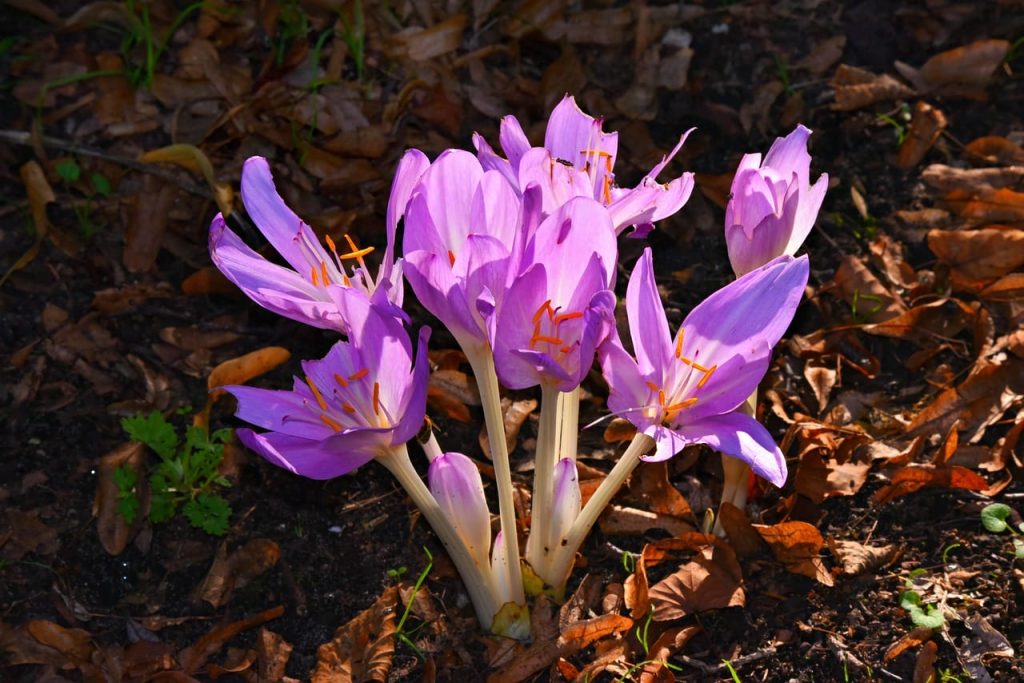
Autumn crocus contains colchicine, a highly toxic compound that can cause gastrointestinal and respiratory distress in cats. If your cat has ingested autumn crocus, contact your veterinarian immediately. Provide supportive care and monitor your cat’s condition closely. Treatment may involve inducing vomiting, administering activated charcoal, and providing supportive care to manage gastrointestinal and respiratory symptoms.
9.Philodendron (Philodendron spp.)
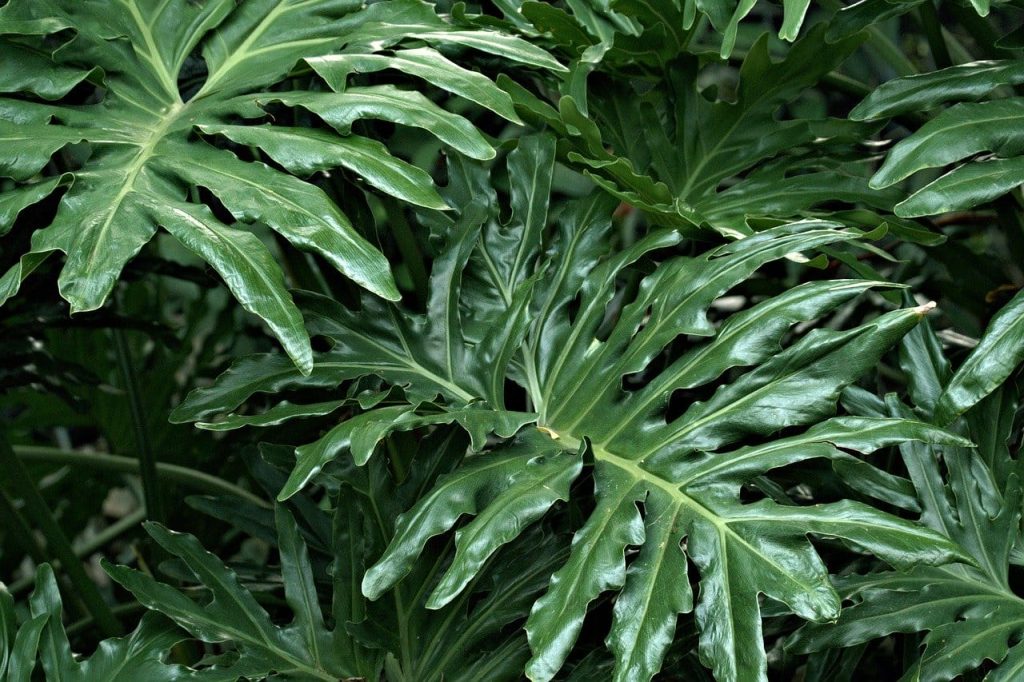
Philodendrons contain calcium oxalate crystals, which can induce oral irritation and difficulty swallowing in cats. If your cat has chewed on philodendron leaves, rinse their mouth with water and contact your veterinarian for advice. Monitor your cat for any signs of respiratory distress and provide supportive care as directed. Treatment may include providing supportive care to manage oral irritation and monitoring for any signs of difficulty swallowing.
10.Aloe Vera (Aloe barbadensis)
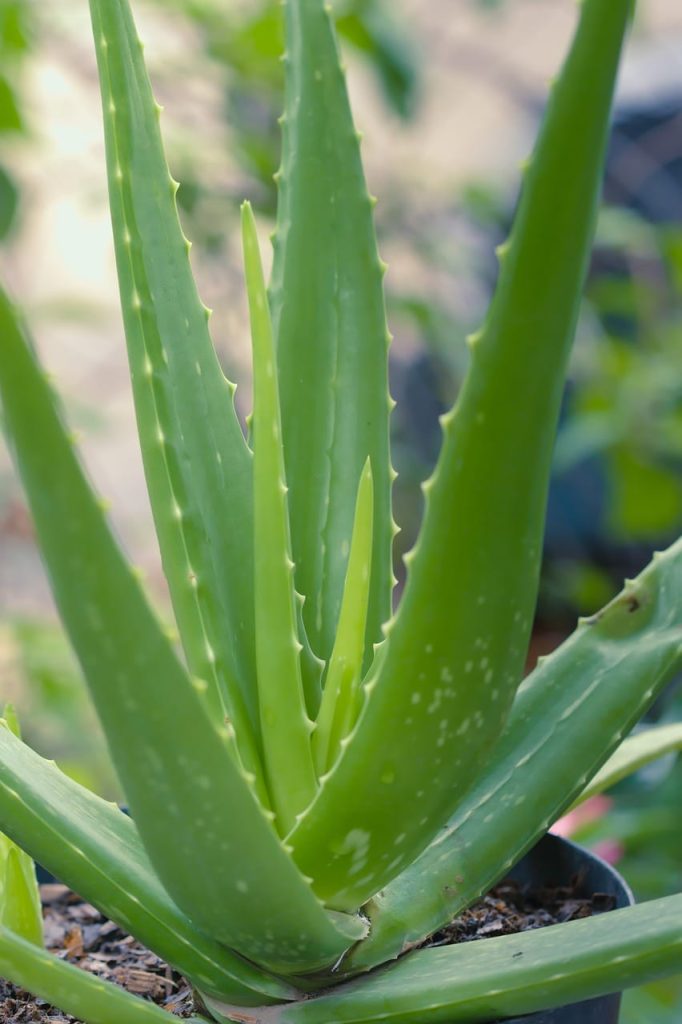
While renowned for its medicinal properties, aloe vera contains saponins that can cause gastrointestinal upset and tremors in cats. If your cat has ingested aloe vera, contact your veterinarian for guidance. Monitor your cat for any signs of distress and provide supportive care as directed. Treatment may involve inducing vomiting, administering activated charcoal, and providing supportive care to manage symptoms like vomiting, diarrhea, and tremors.
Conclusion
In conclusion, swift and decisive action is imperative when dealing with potential plant poisoning in cats. By familiarizing yourself with common toxic plants and knowing how to respond effectively, you can safeguard your feline companion’s health and well-being. Remember, prevention is key, so ensure that potentially hazardous plants are kept out of your cat’s reach at all times. By being proactive and prepared, you can help ensure a safe and healthy environment for your beloved pet.

